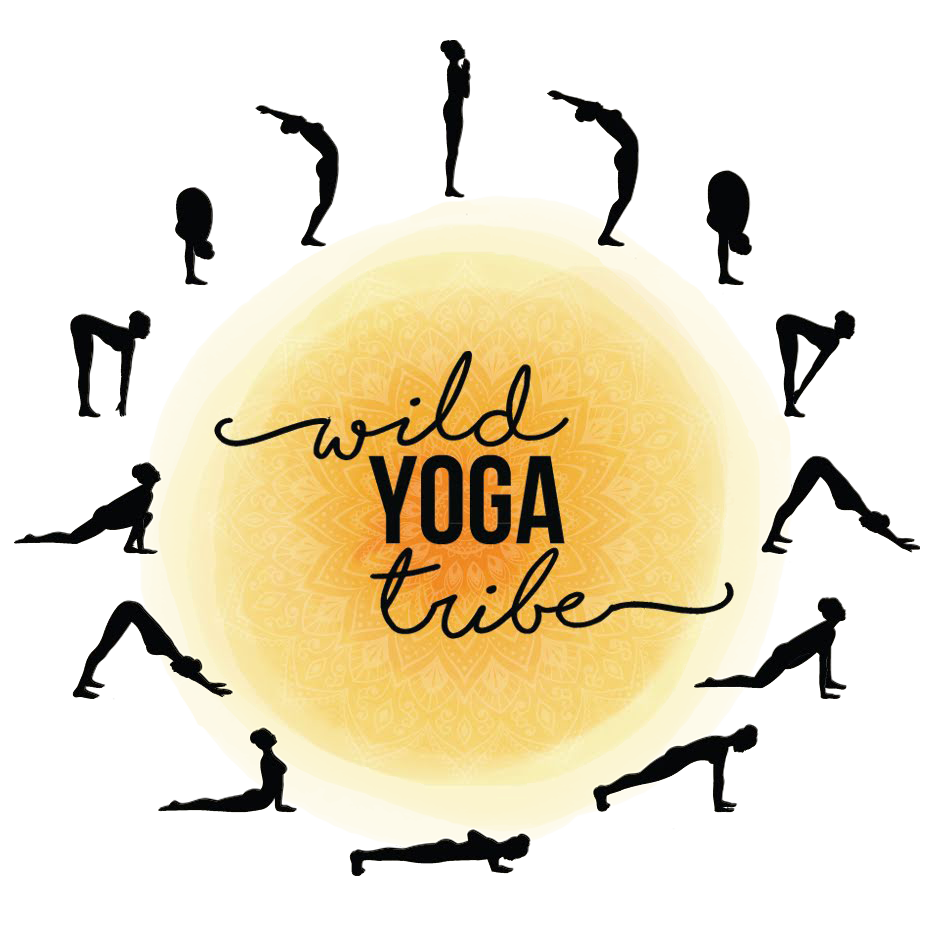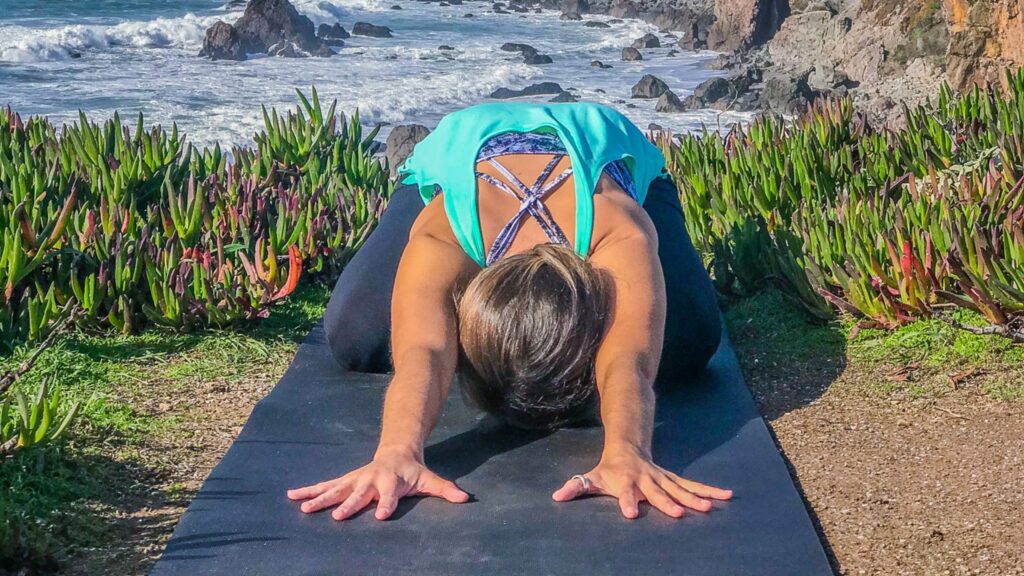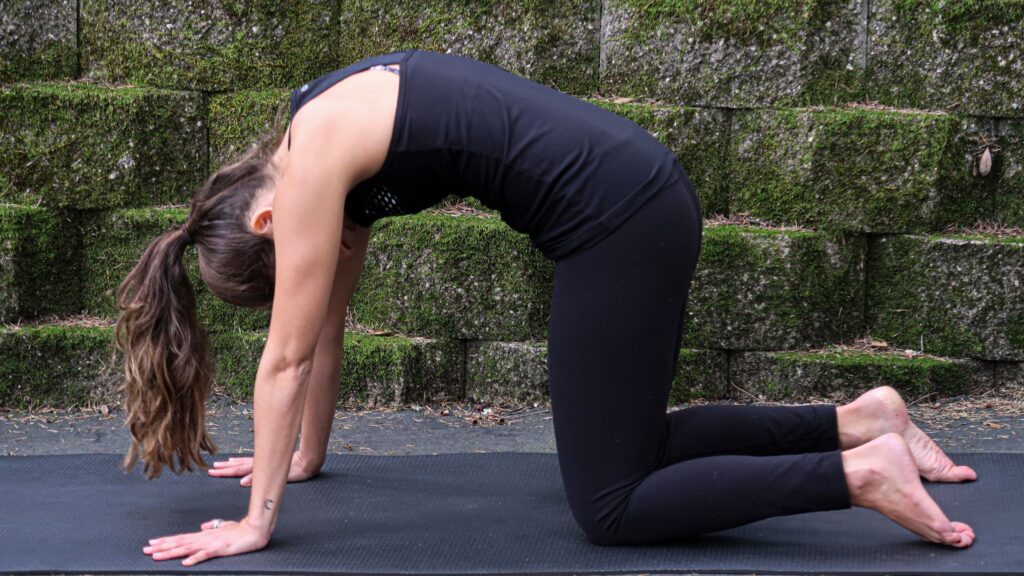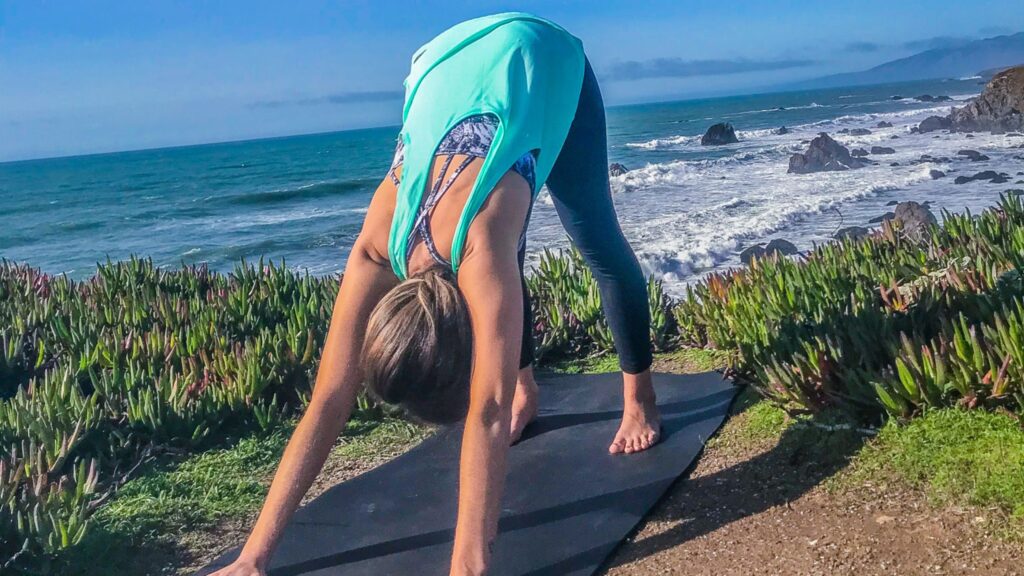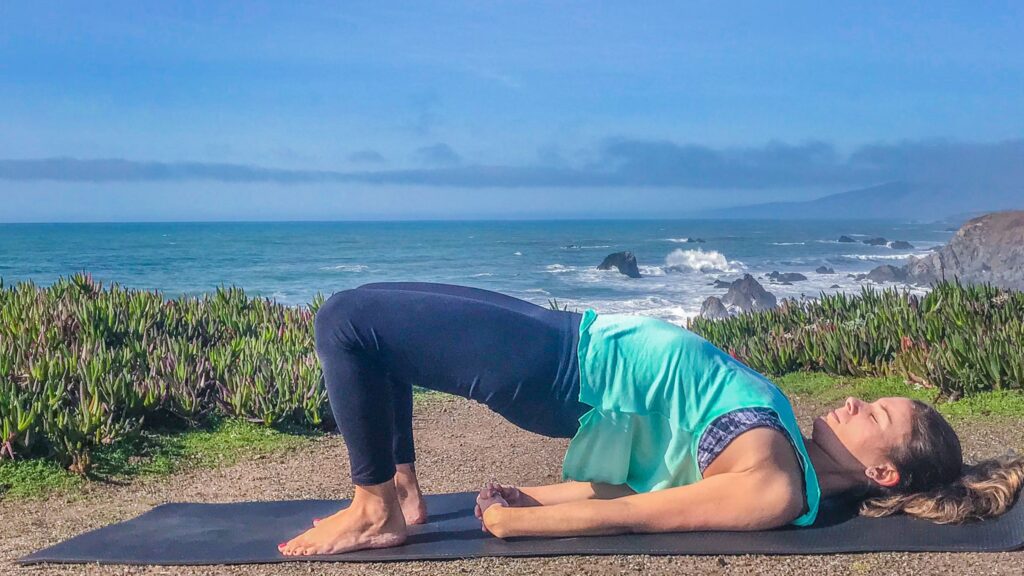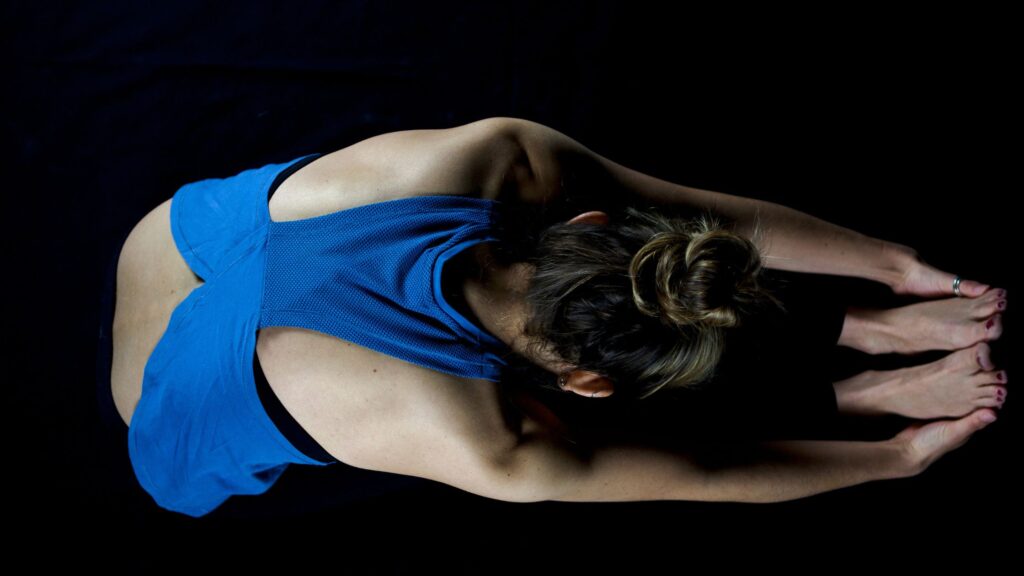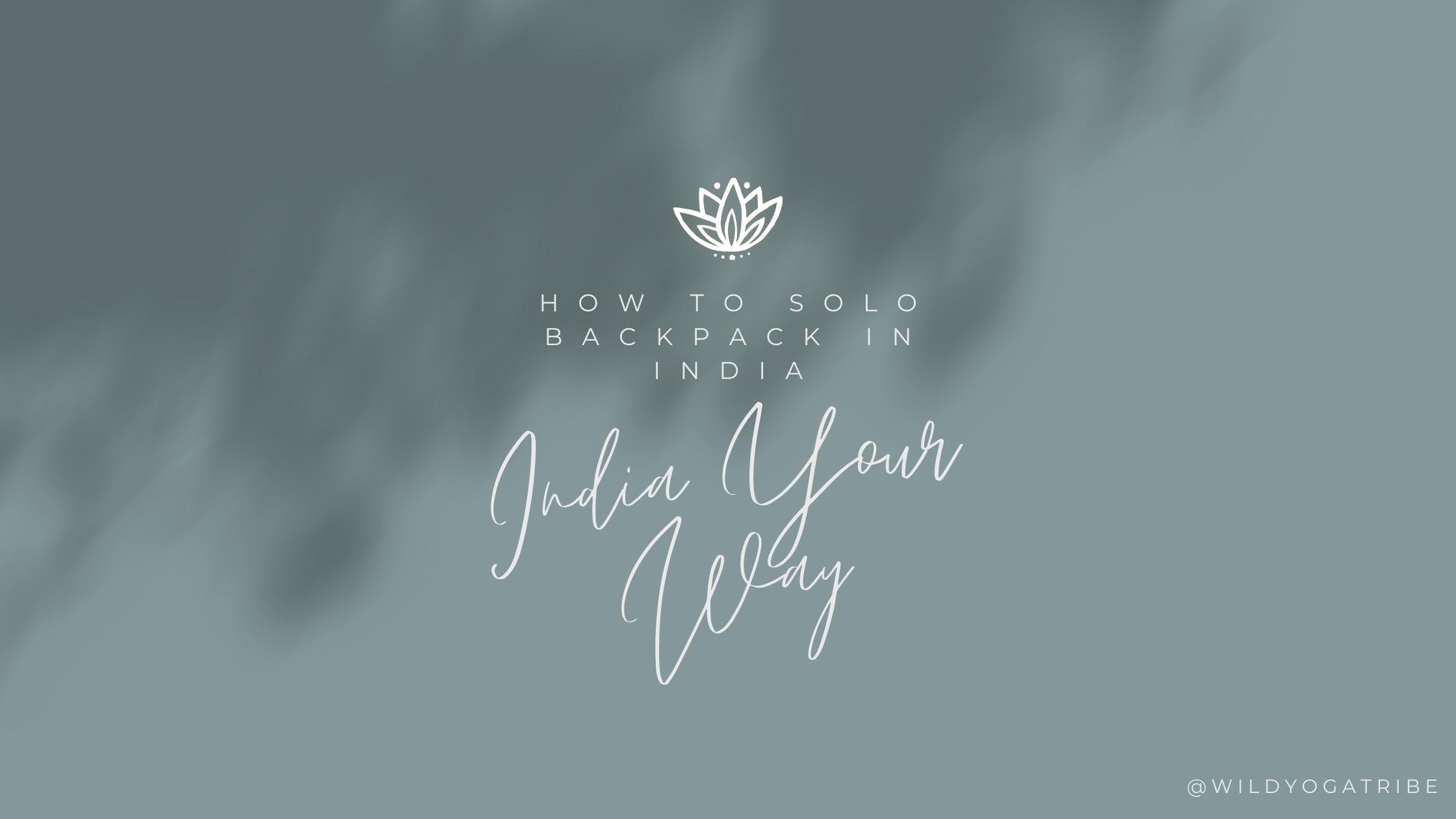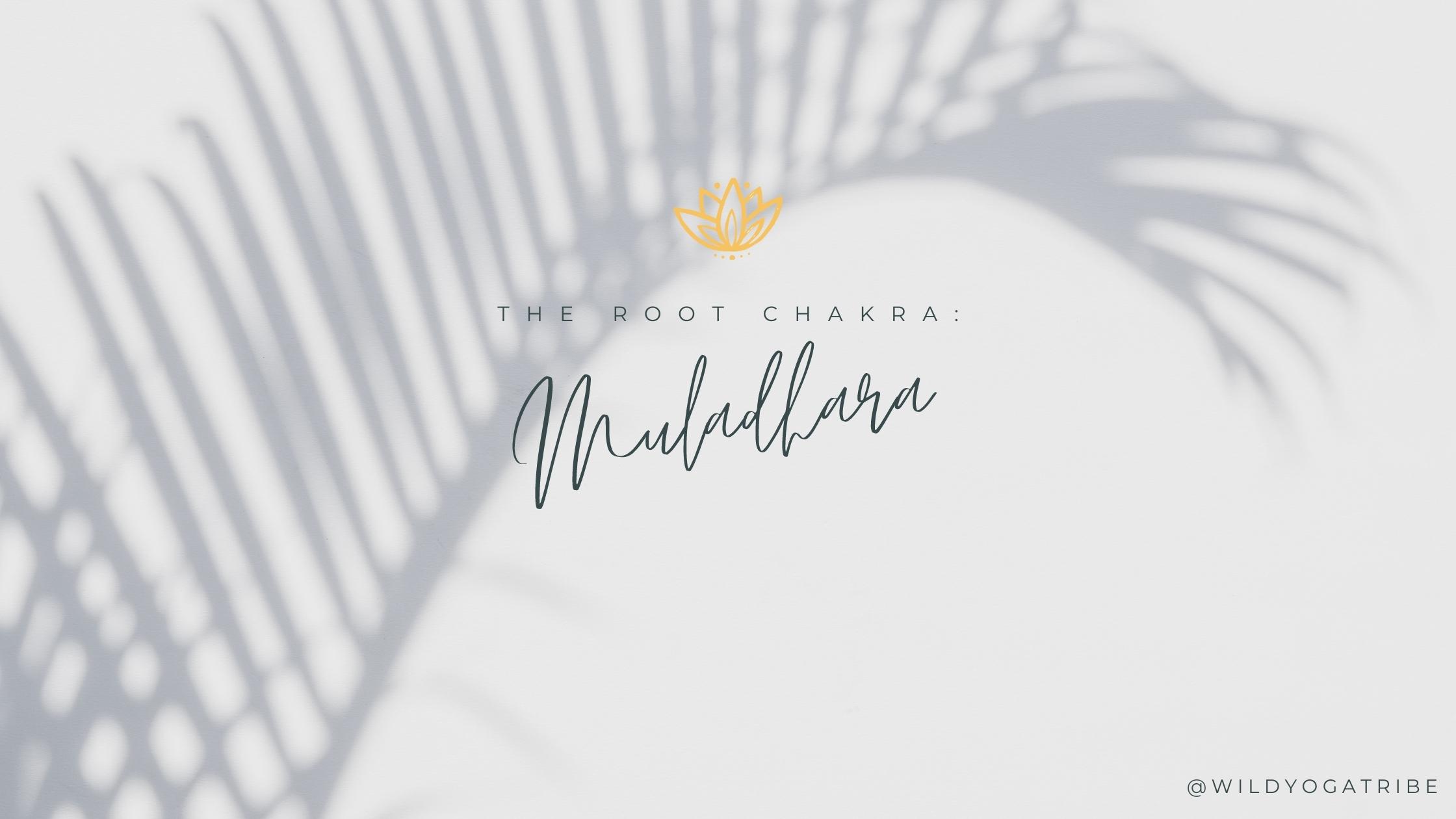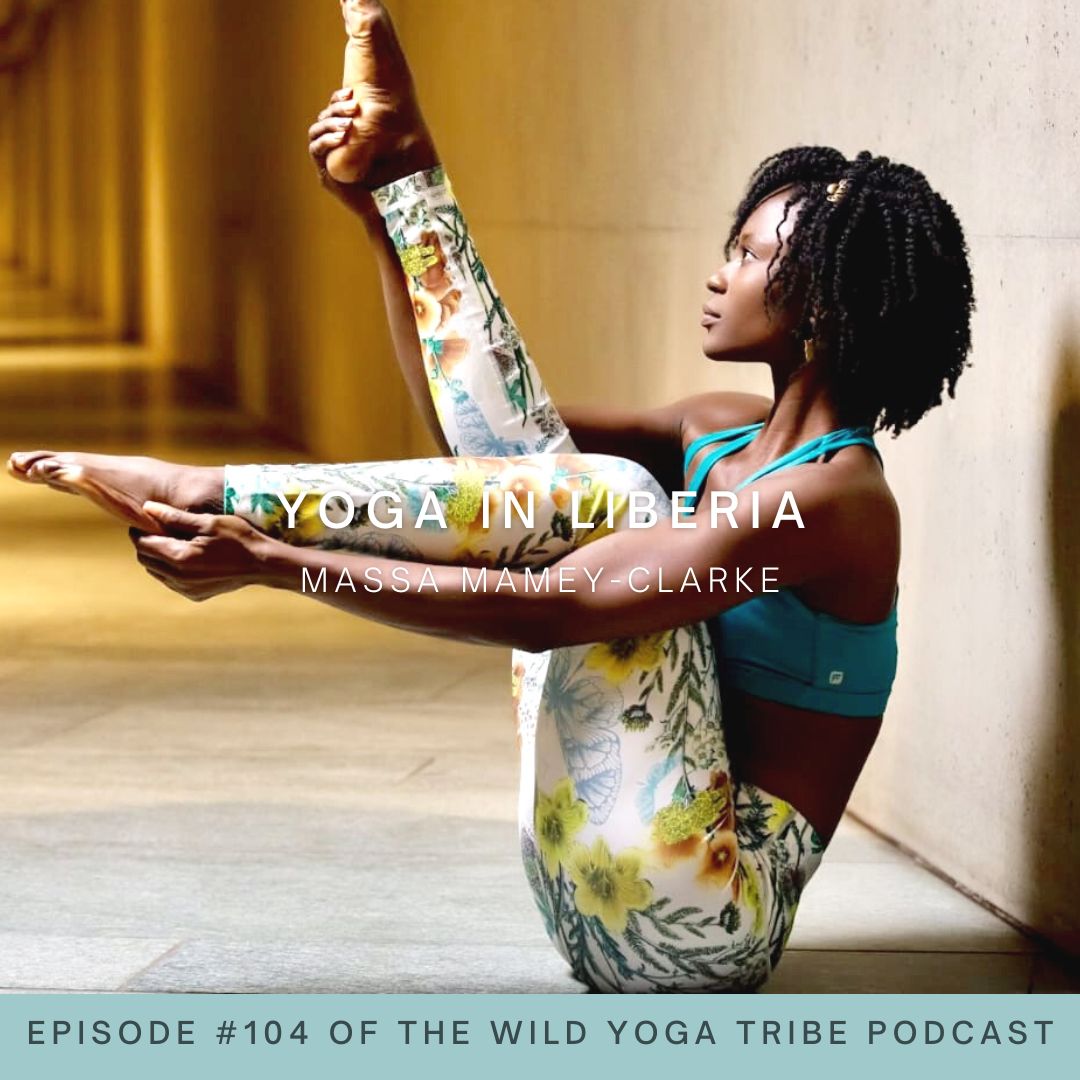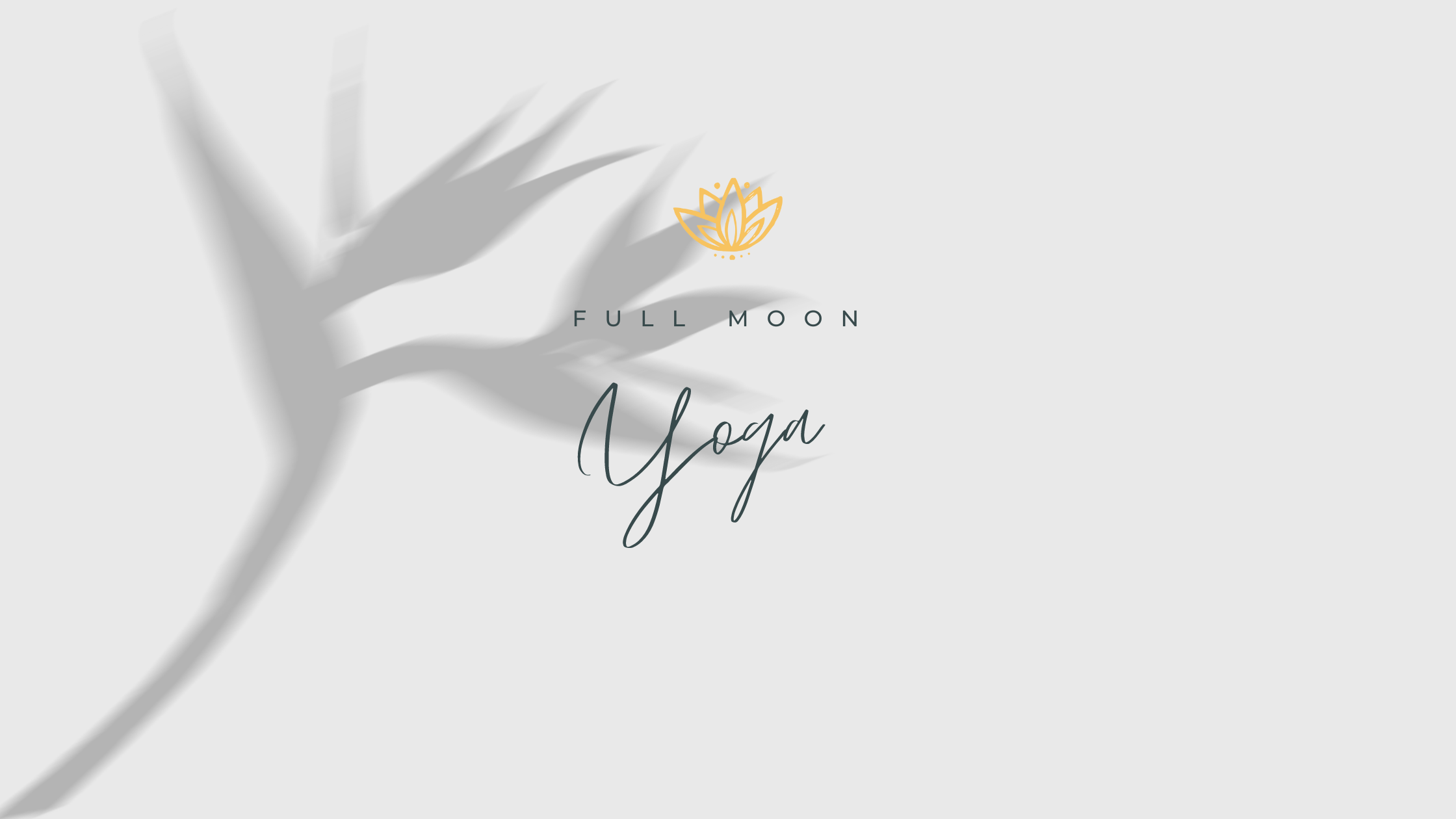
Stress is a true chameleon, capable of infiltrating every nook and cranny of your body. It’s not just your nerves that are under siege; stress can unleash its havoc on your respiratory, endocrine, gastrointestinal, and cardiovascular systems, and then some. While your sympathetic nervous system is a marvel of human engineering, it’s meant to operate in tandem with its mellower partner, the parasympathetic nervous system. The two are supposed to dance together, with your body naturally shifting between the two states every 88 minutes to 4 hours.
However our frenetic pace of life means that this delicate balance is often thrown out of whack. We find ourselves stuck in a sympathetic state for far too long, if not all day and all night.
Picture your sympathetic nervous system as the ultimate workhorse – the go-getter who keeps you alert, active, and focused.
Your parasympathetic nervous system, on the other hand, is the ultimate chill pill. It’s responsible for rest and digest, and helps your body perform essential housekeeping activities such as digestion, immune function, and memory consolidation.
Under normal circumstances, you would be bouncing back and forth between these two states. But when we’re in a constant state of sympathetic overdrive, our bodies suffer.
Even non-threatening stressors – the proverbial paper tigers – can activate the same life-or-death response in the body as a full-blown tiger attack.
The physiological response to stress is nothing to sneeze at. Your adrenal glands – those small glands that sit atop your kidneys – will start pumping adrenaline into your bloodstream, giving you the equivalent of three cups of coffee on an IV drip. Imagine feeling like you’re mainlining coffee all day long! It’s no wonder we’re feeling anxious, jittery, and unable to shut off our brains at night. And it doesn’t end there – stress can even cause clotting factors and inflammation responses in the body. Sure, you want that inflammation response when you sprain your ankle, but not so much when you’re in a constant state of stress.
So what’s a stressed-out person to do? *cough cough nearly ALL of us*
Yoga and Stress
Enter yoga — that magical practice that can help coax your body back into a state of parasympathetic bliss. By eliciting the parasympathetic response, yoga can help counteract the stress response that’s been wreaking havoc on your body.
There are a few things you can do in a yoga class to help bring on that sweet, sweet parasympathetic state:
- Try a safe inversion that gets your head below your heart
- Practice deep breathing, especially focusing on the exhalation
- Do repetitive movements like sun salutations or dynamic asanas
- Listen to calming sounds like music, mantras, or repetition
- Embrace silence
- Make sure you feel physically safe
- Pay attention to what’s coming in through your senses
- Even just making the effort can be enough to trigger a parasympathetic response.
So the next time you’re feeling the weight of the world on your shoulders, remember that yoga can be a powerful tool to help you restore balance to your body and mind. Your sympathetic nervous system may be a superhero, but even superheroes need a break sometimes.
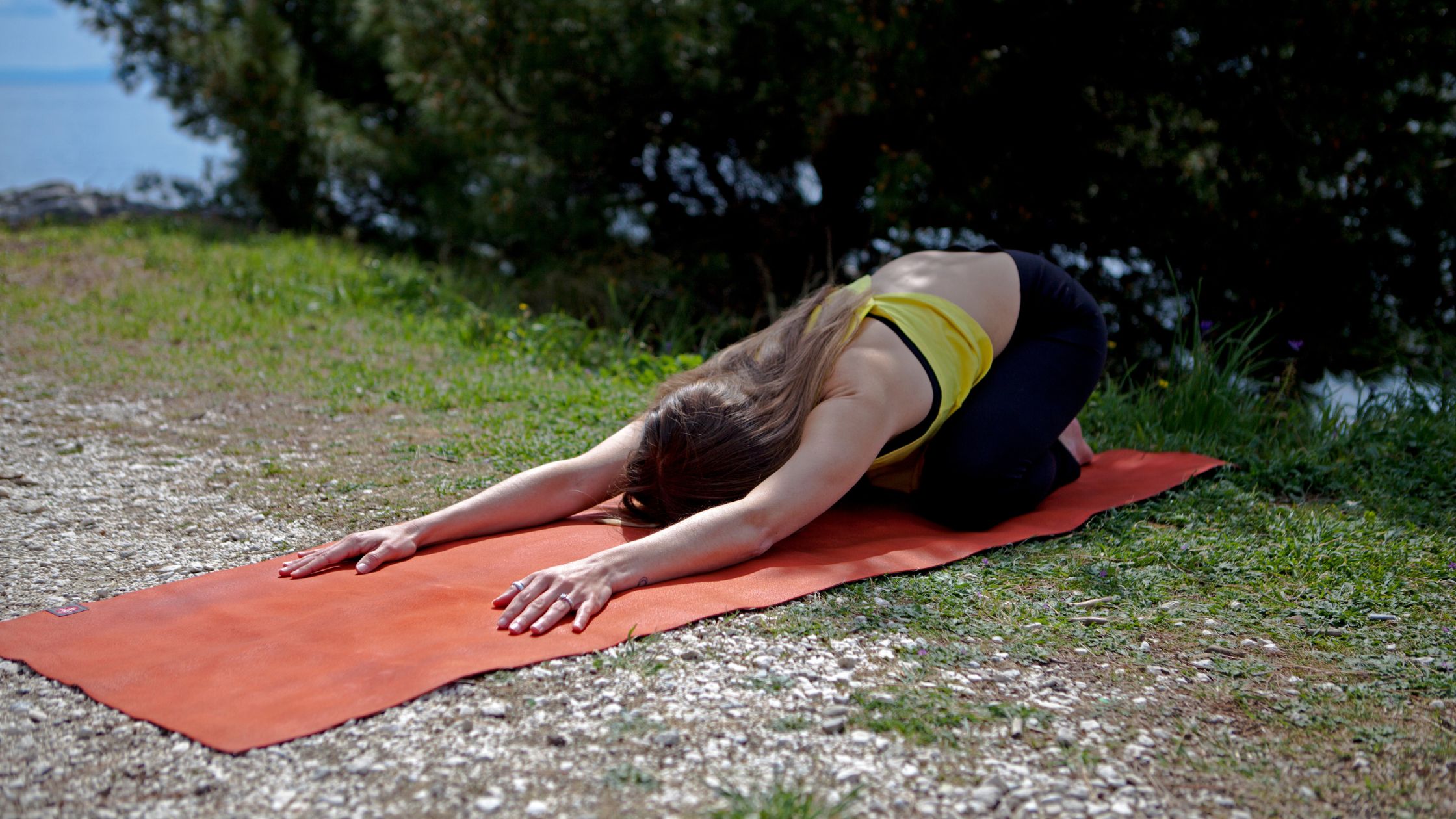
National Stress Awareness Month
Stress is a big issue. April has been nationally designated as Stress Awareness Month in American by the National Institutes of Stress. The importance of Stress Awareness Month lies in acknowledging the stress that people face due to life circumstances, taking the steps to learn how it affects people long-term, and how to manage it. Whether the stress stems from a job’s workload, planning an event, or health issues, all stress is valid.
One of the first steps to overcoming and treating steps is identifying what type stress and/or anxiety affects you on a daily basis. There are stress screeners available online to quickly assess where you land on stress’s spectrum. You can also track your emotions using an app to gain a greater understanding of your emotional state.
Medicinally and holistically, there are numerous ways to treat stress. Yoga is a powerful stress aleviater for people from all walks of life.
Intersectionality in Stress
Stress is individualistic. Everyone experiences a different form of stress, or feels stress through various triggers. For example, members of the LGBTQIA+ community have an individual experience getting discriminated against for their sexuality; that’s something heterosexual people don’t have to stress about. Those with physical or mental disabilities sort through different variations of stress as well. People of color also have the individual experience of stress that may be connected to their ethnicity and culture. Black communities all over the world have unique experiences with stress.
It’s important to recognize and respect each of those communities interlap with other social identities such as gender, class, age, religion, etc. No matter how many social identities overlap, everyone should have access to education and tools surrounding stress management.
Meditation Reduces Stress
Working hand in hand with yoga, mediation can give people a sense of calm and peace of mind. Meditation redirects your energy to something more calming, like your breathing or the beat of your heart. Practicing meditation alongside yoga can lower your blood pressure, resting heartrate, help you focus on the present, and more!
One of the first steps in warming up for yoga is practicing breathwork. Being connected to your body through breathwork begins the unwinding of muscles. Pranayama, techniques include breath of fire and humming bee breath; each are known for reducing stress.
If you’d like to join Lily Allen-Duenas on Insight Timer to listen to her FREE guided meditations, click this link.
Yoga poses that reduce stress
- Child’s Pose (Balasana) – This pose gently stretches the hips, thighs, and ankles while promoting relaxation and calmness. It can also help to relieve tension in the back, neck, and shoulders. It’s one of my absolute favorite yoga poses as it’s incredibly grounding. Deep breaths into the belly relieves tension in the lower back and hips and lower back.
- Legs-Up-the-Wall Pose (Viparita Karani) – This restorative pose helps to calm the nervous system, reduce anxiety and fatigue, and relieve symptoms of insomnia. It also improves circulation, aids digestion, and reduces swelling in the legs and feet.
- Standing Forward Bend (Uttanasana) – This pose helps to release tension in the neck, shoulders, and back while calming the mind and reducing anxiety. It also stimulates digestion and can help to relieve symptoms of mild depression.
- Cat-Cow Stretch (Marjaryasana-Bitilasana) – This gentle flow between two poses helps to relieve tension in the spine, neck, and shoulders while also calming the mind and reducing stress. It also improves circulation to the spine and abdominal organs.
- Downward-Facing Dog (Adho Mukha Svanasana) – This pose is great for relieving stress and tension in the body, particularly in the hamstrings, calves, and lower back. As your head travels below your heart, it helps to calm the mind and reduce anxiety.
- Bridge Pose (Setu Bandha Sarvangasana) – This pose helps to open the chest and stretch the spine while also calming the mind and reducing stress. It can also help to relieve symptoms of mild depression and anxiety.
- Seated Forward Bend (Paschimottanasana) – This pose helps to stretch the entire back of the body, from the heels to the neck, while also calming the mind and reducing stress. It can also stimulate digestion and help to relieve symptoms of anxiety and perhaps even depression.
The Importance of Shavasana
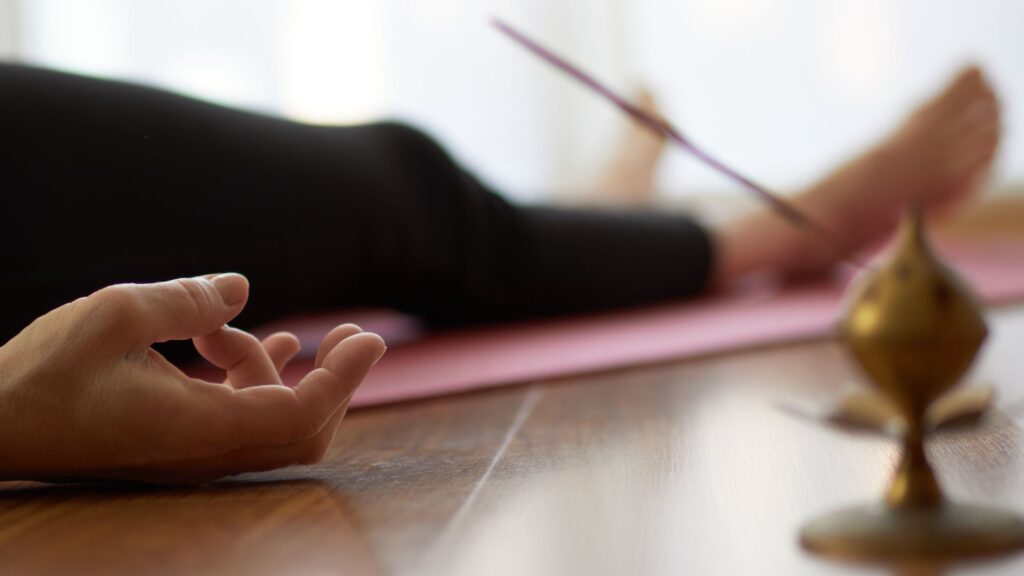 Let’s dive into the importance of Savasana, or corpse pose as it’s commonly known. This pose is typically the final one in any yoga practice, regardless of whether you’re practicing hatha yoga, vinyasa yoga, or yin yoga.
Let’s dive into the importance of Savasana, or corpse pose as it’s commonly known. This pose is typically the final one in any yoga practice, regardless of whether you’re practicing hatha yoga, vinyasa yoga, or yin yoga.
As the name suggests, corpse pose involves lying still on your back like a lifeless body. While the rest of your yoga practice involves movement, Savasana is all about stillness. And don’t be fooled by its simplicity – this pose is an incredibly important part of your yoga practice!
So, why is Savasana so important? Well, it provides your body with a chance to rest and restore itself. It also allows time for your body to integrate all the benefits of your yoga practice, not just for your muscle memory but also for your nervous system and mind.
So why is shavasana so great at reducing stress? One reason is that it helps activate your parasympathetic nervous system – that’s the part of your body responsible for slowing down your heart rate and calming your mind. When you’re in shavasana, your body can finally relax and let go of any tension or stress you’ve been carrying around.
During Savasana, your body has the opportunity to come back to baseline. Your heart rate and breathing slow down, and your body can fully relax and sink into itself. This pose gives you the gift of time – time to incorporate all the physical, mental, and emotional benefits you’ve gained from your yoga practice.
Now, you may be wondering if it’s okay to sleep during Savasana. While it’s not recommended to fall asleep after completing your yoga practice, if you practice Savasana right before bedtime, it can help induce a deep, high-quality sleep. Simply position yourself in your bed as you would on your yoga mat, relax your mind, soften your body, and focus on your breath to calm your thoughts.
Instagram: @wildyogatribe
Twitter: @wildyogatribe
Facebook: @wildyogatribe
TikTok: @wildyogatribe
